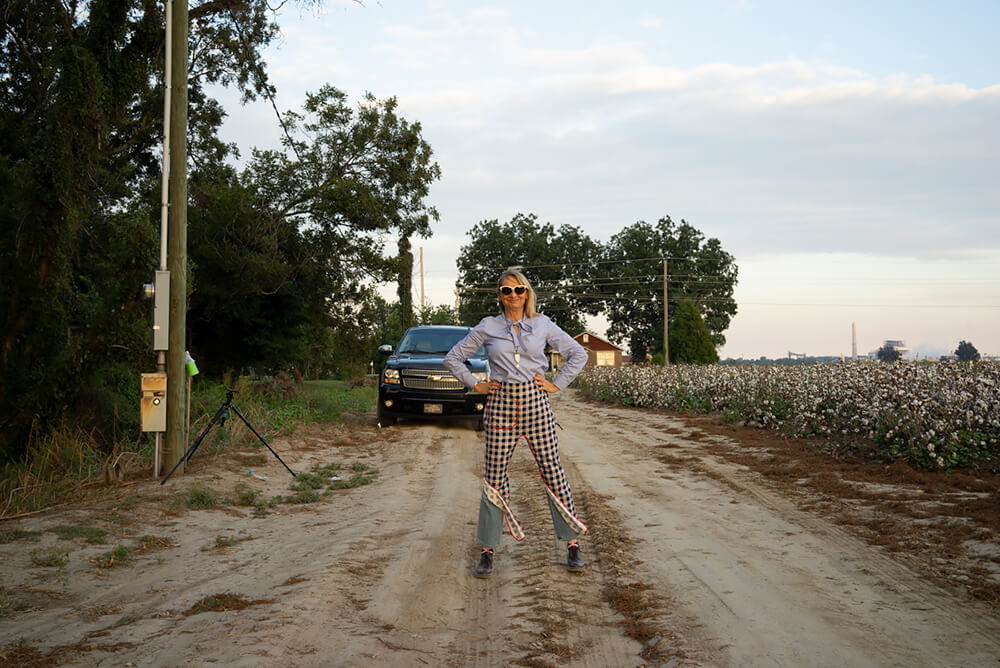Lisa McCord is a fine art and documentary photographer from the Arkansas Delta who lives and works in Los Angeles and Arkansas. Focusing on her experiences on her family's cotton farm, her creative practice explores concepts of storytelling, memory, and the passage of time.
McCord received her BFA from San Francisco Art Institute and earned an MFA from California Institute of the Arts. She also attended New York University, Le Contrejour, Paris, and The Visual Studies Workshop, Rochester, NY. She taught photography at several high schools and universities in the LA area including Pepperdine University.
She has exhibited her work in galleries and museums internationally, including SoHo Photo Gallery and Carrie Able Gallery in New York; Center for Fine Art Photography in Fort Collins; Bruce Lurie Gallery, Building Bridges Art Exchange, Classic Photographs Los Angeles, and the Annenberg Space for Photography Museum in Los Angeles; FotoFever in Paris, and the Museum of Nature of Cantabria. McCord's work has been shown in in solo exhibitions at Fabrik Projects, Gallery 825, the Memphis Cotton Museum, Slow Exposures, and Leica Gallery LA in 2023.
Her work has been featured in numerous publications including Black & White Photography (UK edition), Float Magazine, and Feature Shoot. She was a Critical Mass Finalist in 2015, 2016, and 2021. McCord's work is in the permanent collections of the Arkansas Museum of Fine Arts and the Memphis Brooks Museum of Art.
ROTAN SWITCH
1978 - Present
I began documenting life on my grandparents' cotton farm in 1978 when I was twenty-one. After forty years, I have come to realize all my photographs taken here are explorations of home, an idea that remains firmly rooted in the Arkansas land and people. I've also come to realize that the place I call home is not perfect.
Rotan Switch takes its name from the community's central landmark - the railroad switch where farmers loaded their cotton bales onto trains headed out of the Delta. Although it hasn't been used in years, it remains a potent symbol of the complex intersections of industry and agriculture, of race and injustice.
I realize the photographs are complicated when seen in the context of the socioeconomic structures of the rural South. Although the subjects are family to me, as a white photographer and the granddaughter of a farm owner, my photographs of the Black community implicate my own role in reinforcing these power structures.
Coupled with the images, my own memories, as well as reflections by the subjects and their families, tell the story of Rotan and the Arkansas Delta's culture through the lens of personal experience. This combination of image and storytelling seeks to paint a fuller picture of a place with a complicated history that cannot be left unacknowledged if the project hopes to create a genuine empathetic encounter between the viewer and the subjects.
Selected Books on

